
© Tel Aviv UniversityThis photo shows the dig at Qesem Cave.
Elephants have long been known to be part of the
Homo erectus diet. But the significance of this specific food source, in relation to both the survival of
Homo erectus and the evolution of modern humans, has never been understood - until now.
When Tel Aviv University researchers Dr. Ran Barkai, Miki Ben-Dor, and Prof. Avi Gopher of TAU's Department of Archaeology and Ancient Near Eastern Studies examined the published data describing animal bones associated with
Homo erectus at the Acheulian site of Gesher Benot Ya'aqov in Israel, they found that elephant bones made up only two to three percent the total. But these low numbers are misleading, they say. While the six-ton animal may have only been represented by a tiny percentage of bones at the site, it actually provided as much as 60 percent of animal-sourced calories.
The elephant, a huge package of food that is easy to hunt, disappeared from the Middle East 400,000 years ago - an event that must have imposed considerable nutritional stress on
Homo erectus. Working with Prof. Israel Hershkovitz of TAU's Sackler Faculty of Medicine, the researchers connected this evidence about diet with other cultural and anatomical clues and concluded that the new hominids recently discovered at Qesem Cave in Israel - who had to be more agile and knowledgeable to satisfy their dietary needs with smaller and faster prey - took over the Middle Eastern landscape and eventually replaced
Homo erectus.
The findings, which have been reported in the journal
PLoS One, suggest that the disappearance of elephants 400,000 years ago was the reason that modern humans first appeared in the Middle East. In Africa, elephants disappeared from archaeological sites and
Homo sapiens emerged much later - only 200,000 years ago.
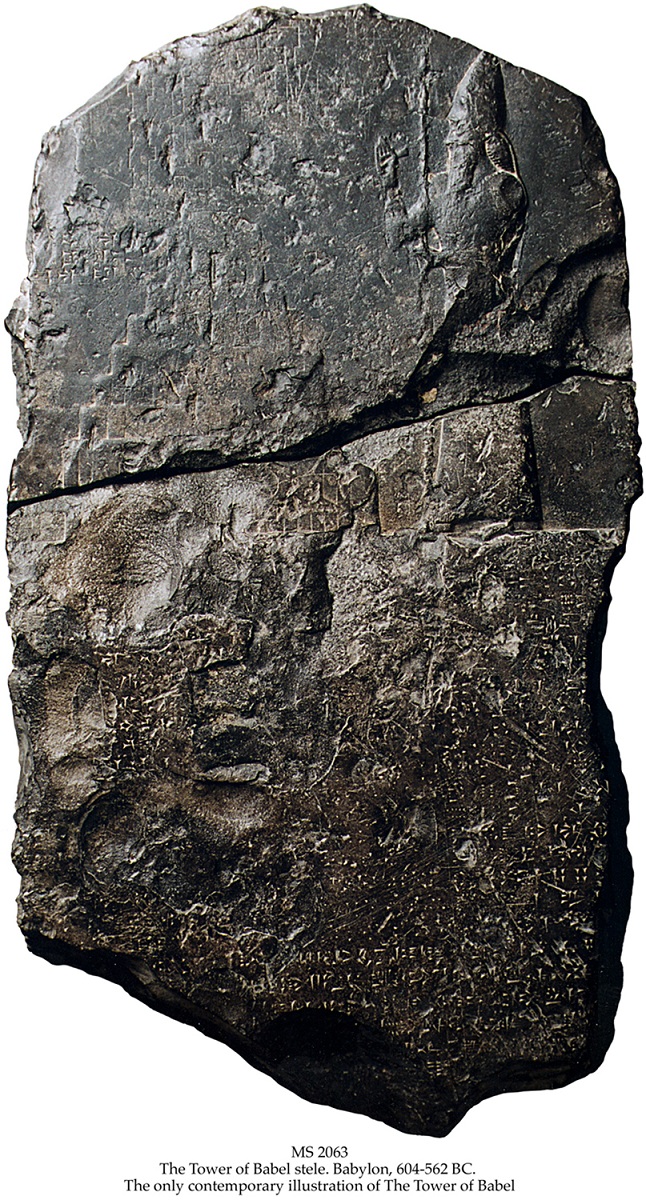

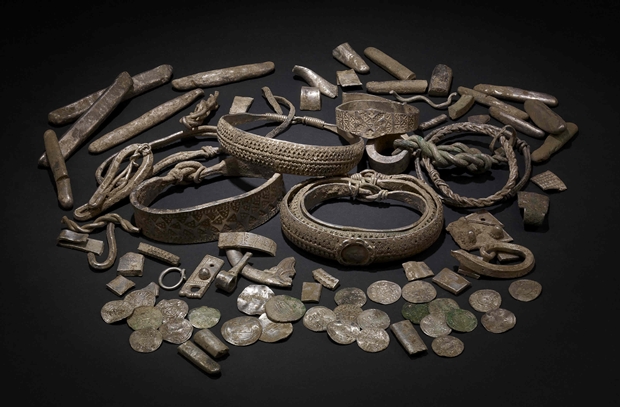
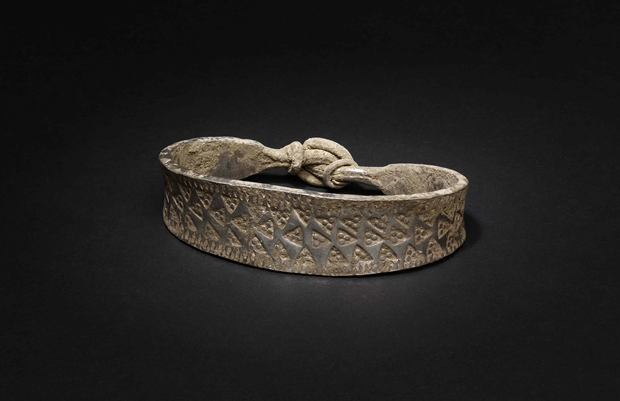

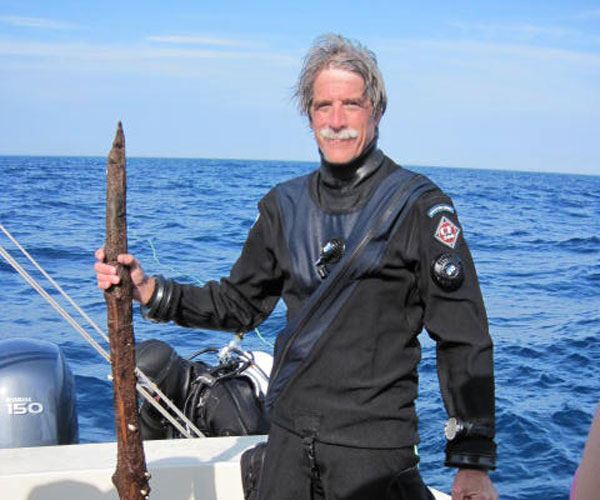
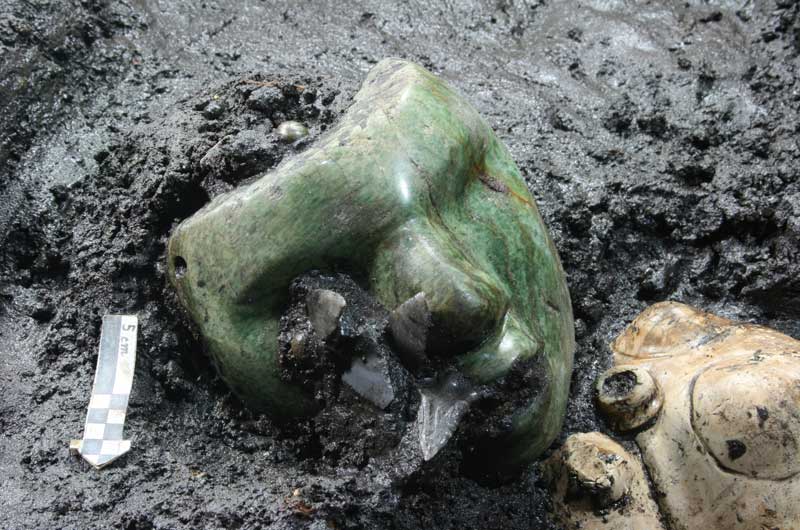

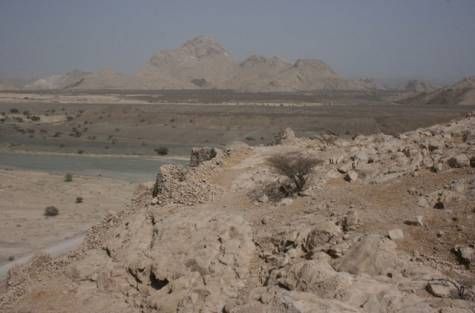
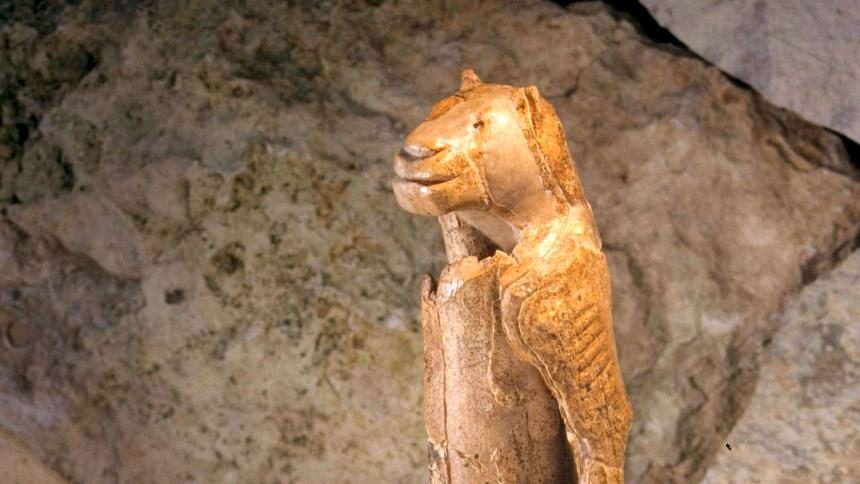
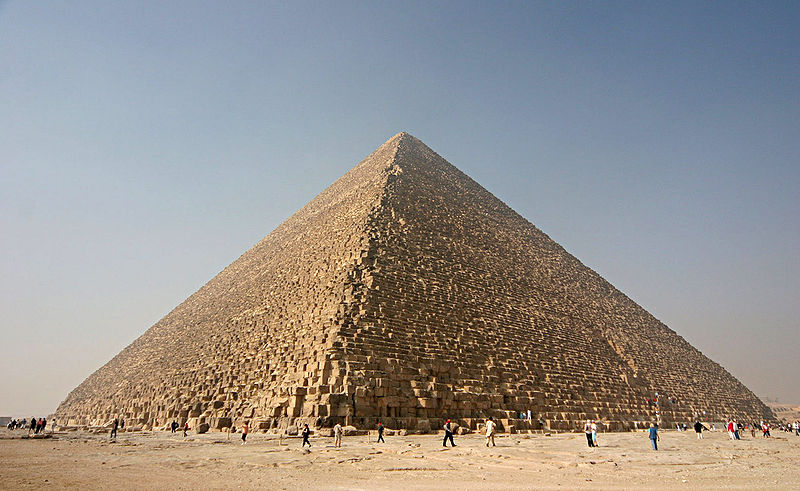



Comment: If you haven't read Laura Knight-Jadczyk's book "The Secret History of the World", you'll want to get it to see how she follows the threads of Shamanism back to the Paleolithic "witches." Also, check out Witches, Comets and Planetary Cataclysms and The Golden Age, Psychopathy and the Sixth Extinction.